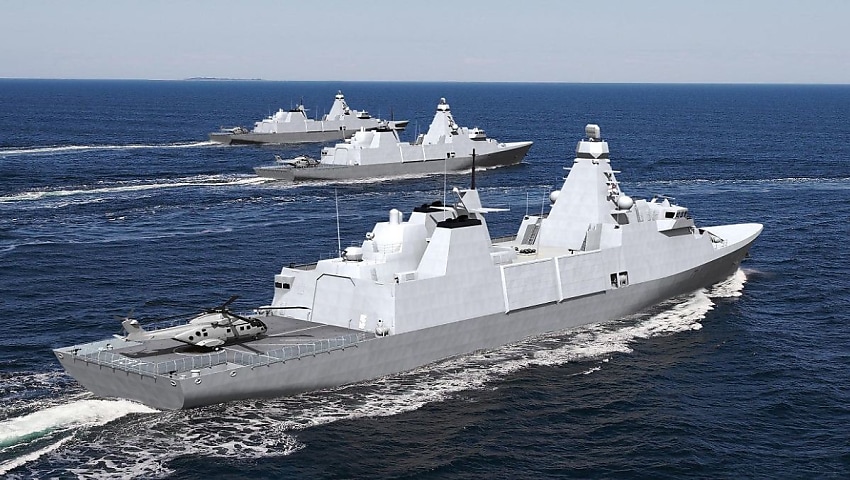UNDERSEA WARFARE
With a growing recognition that Australia’s naval capabilities are underprepared and “under gunned” in light of a rapidly evolving regional threat environment, does a fleet of general purpose frigates provide the solution to beefing up Australia’s naval strike power?
As the Royal Australian Navy prepares to receive the first Arafura and Hunter Class vessels this decade, and in light of growing commentary about the growing need for greater versatility, firepower and capability, the evolving regional and global dynamics have raised the question, can a fleet of ocean-going corvettes ease the operational burden on high-end warfighting platforms and expand the range and power of the Navy?
For the first time in the nation’s history, Australia’s prosperity, security and way of life is intrinsically linked to the ambition, stability and direction of its Indo-Pacific neighbours. This new paradigm echoes the environment America found itself in during the mid-19th century, which was best explained by American naval strategist Alfred Thayer Mahan in his 1890 work The Influence of Sea Power Upon History, which outlined that “whether they will or not, Americans must now begin to look outward. The growing production of the country demands it”.
Australia’s geographic location and the vast distances required for the Royal Australian Navy to transit in order to patrol across our northern approaches and through economically critical sea lines of communication necessitate a vessel larger and more heavily armed than the 80-metre, 1,640-tonne Arafura Cass offshore patrol vessels, yet smaller and not as complex as the 146.7-metre, 7,000-tonne Hobart Class destroyers or the 149.9-metre, 8,800-tonnne Hunter Class frigates.
Australia is not alone in facing this challenge of fielding a mix of major surface combatants. Both the US Navy and the British Royal Navy have in recent years commenced programs to develop and field a less-specialised, general purpose vessel that is capable of independent long-range deployments, while also bringing a degree of high-end warfighting capability to broader task groups.
While both nations operate fleets of high-end, specialised warships, like the US Navy’s Arleigh Burke Class destroyers and the Royal Navy’s future City (Type 26) Class frigates, their respective corvette-to-frigate programs have yielded results, with both the US Navy and Royal Navy preparing to field the Constellation and Inspiration Class ships, respectively.
Britain’s Arrowhead-based Inspiration Class











No comments:
Post a Comment
How did you like the post, leave a comment. I would appreciate hearing from you all. Best wishes from JC's Naval, Maritime and Military News